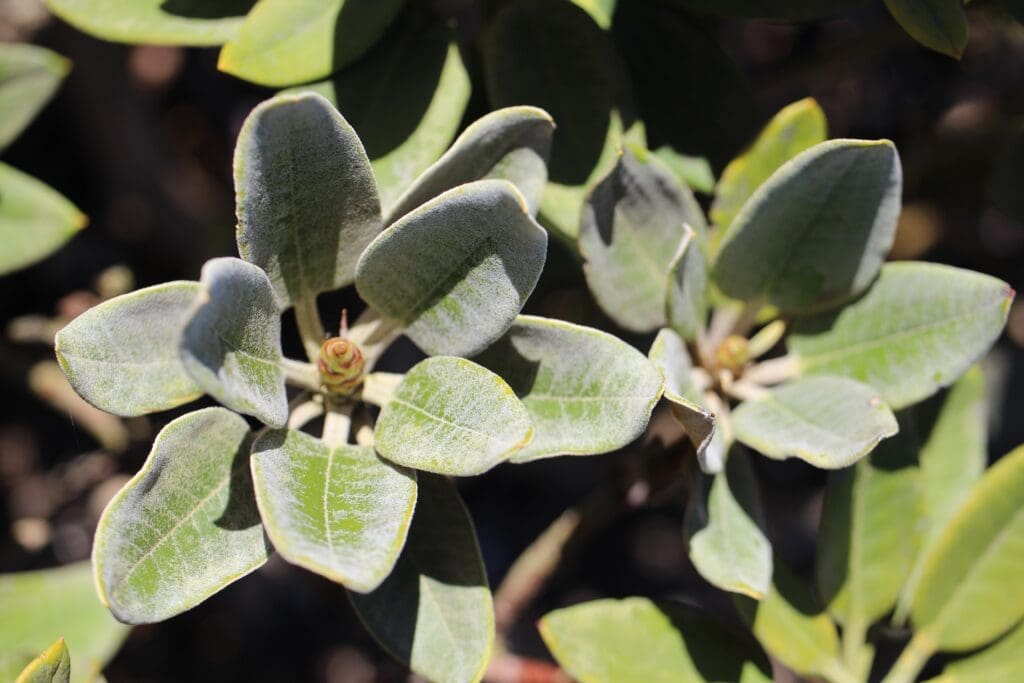
Croton tiglium
Latin name: Croton tiglium
Short name: Croton
Common name: Croton Oil Plant | Purging Croton | Tiglium Seed | Oleum Tiglii | Jamalgota
Primary miasm: Sycotic Secondary miasm(s): Psoric
Kingdom: Plants
Family: Euphorbiaceae
- Symptomatology
- Remedy Information
- Differentiation & Application
Croton tiglium is a tropical shrub belonging to the Euphorbiaceae family. The oil extracted from its seeds, known as croton oil, is a potent vesicant and purgative, historically used in very small doses as a cathartic and in liniments. It contains crotonic acid, phorbol esters, and other toxic irritants that powerfully affect the gastrointestinal tract, skin, and mucous membranes. In homeopathy, Croton is known for its dramatic effect on diarrhoea, skin eruptions, and breast ailments, especially when symptoms follow a characteristic pattern of sudden onset and violent expulsion.
Historically used in small doses as a drastic purgative in allopathic and traditional medicine. Externally used in counterirritant liniments for rheumatism. Croton oil is now largely obsolete due to its severe toxicity.
Proving Information – Proved by Hahnemann and his circle in the 19th century. Many symptoms arose through toxicological reports, due to its aggressive physiological action.
- Intestines – small intestine, ileocecal region
- Skin – vesicular, pustular eruptions
- Breasts – especially right breast; mastitis
- Eyes – lids and canthi
- Mucous membranes – gastrointestinal and respiratory
- Anus and rectum – sensitive and inflamed
- Left ovary
- Lying perfectly still
- Cold applications (for skin symptoms)
- Warmth to the abdomen
- Evacuation (temporary relief after diarrhoea)
- Any motion (even slight)
- Touch (extreme hypersensitivity of skin and abdomen)
- Eating or drinking (immediate diarrhoea)
- Night
- During lactation (for breast symptoms)
- Exposure to heat (skin eruptions)
- Sudden changes of temperature
- Aloe – Also has sudden gushing diarrhoea but with more rectal fullness and prolapse
- Podophyllum – Diarrhoea with offensive odour and gurgling, but more painless and less forceful
- Arsenicum album – Restlessness and burning diarrhoea but more anxious and chill-sensitive
- Rhus tox – Skin eruptions similar but worse with rest, better with motion; Croton is opposite
- Bryonia – Diarrhoea with pain on motion, but more dry and focused on serous membranes
- Graphites – Eruptions with oozing but less acute, more chronic and fissured
- Complementary: Arsenicum, Lycopodium
- Antidotes: Camphora, Nux vomica
- Follows well: Aconite, Belladonna in acute phases
Croton represents the theme of violent expulsion and hypersensitivity. Its action is explosive yet specific. Where other remedies slowly build up, Croton erupts—whether from the bowels, the skin, or the breasts. Its archetype is the thin-skinned, overreactive, sudden-response constitution, whose body cannot contain irritants. It mirrors violent transitions: from calm to crisis, from containment to eruption. A vital remedy in acute, dramatic conditions—especially where the suffering is immediate and violent but clearly defined.
- Use in summer diarrhoea of children with sudden, painless, explosive stools
- Indicated in right breast mastitis during lactation with stinging, drawing pains
- Top remedy for vesicular eczema with yellow, acrid discharge and extreme itching
- Avoid motion in patients—aggravation is severe
- Particularly valuable in skin eruptions that alternate with diarrhoea
Abdomen
- Pain, colic, sudden, with urging
- Diarrhoea, immediately after eating
- Stool, yellow, watery, forcibly expelled
Skin
- Eruptions, vesicular, oozing yellow fluid
- Itching, intolerable, night
- Excoriation from discharge
Female
- Mastitis, right breast
- Pain from nipple to scapula
- Nipples, sore, cracked, discharging
Generalities
- Motion, slightest, aggravates
- Touch, aggravates
- Diarrhoea, sudden, violent
- Samuel Hahnemann – Materia Medica Pura: Original proving information, gastrointestinal observations
- C. Hering – Guiding Symptoms: Classical breast and skin symptoms, modalities
- William Boericke – Pocket Manual: Gushing diarrhoea, skin eruptions, sensitivity
- J.T. Kent – Lectures on Homoeopathic Materia Medica: Modalities, breast indications, general tendencies
- John Henry Clarke – Dictionary of Practical Materia Medica: Extensive repertorial cross-referencing, skin and mucosal themes
- Allen’s Encyclopaedia: Confirmed violent expulsion themes, head-to-foot organ impact
